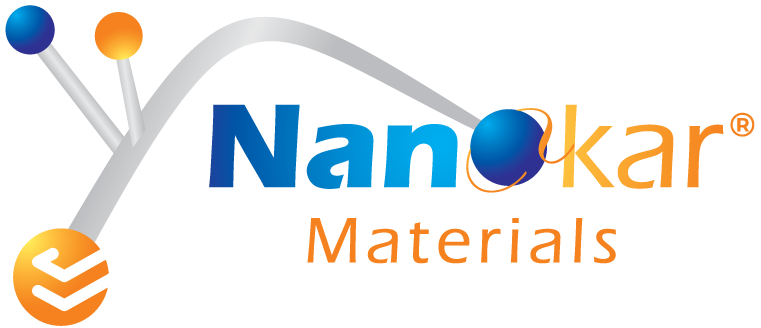What is Lithium Lanthanum Tantalum Zirconate (LLZTO)?
Lithium Lanthanum Tantalum Zirconate (LLZTO) is an advanced lithium-ion conductive ceramic electrolyte material known for its high ionic conductivity, chemical stability, and excellent electrochemical performance. LLZTO is primarily used as a solid-state electrolyte in next-generation lithium-ion and solid-state batteries, facilitating safer and higher-performance energy storage solutions.
Chemical Properties and CAS Number
-
Material Name: Lithium Lanthanum Tantalum Zirconate (LLZTO)
-
Chemical Formula: Li₆.₄La₃Zr₁.₄Ta₀.₆O₁₂
-
CAS Number: Not specifically assigned (Complex ceramic material)
-
Appearance: White or pale-yellow ceramic powder or pellet
-
Density: Approx. 5.1 g/cm³
-
Ionic Conductivity: Typically 10⁻⁴ to 10⁻³ S/cm at room temperature
-
Crystal Structure: Garnet-type structure
-
Stability: Excellent stability against metallic lithium and high-voltage cathodes
Applications of Lithium Lanthanum Tantalum Zirconate (LLZTO)
-
Solid-State Batteries:
-
Solid electrolyte enabling safer and high-energy-density lithium metal and lithium-ion batteries.
-
-
Energy Storage Systems:
-
High-performance electrolytes for large-scale energy storage systems, electric vehicles (EV), and hybrid electric vehicles (HEV).
-
-
Research and Development:
-
Material research for developing next-generation battery technologies with improved safety, longevity, and thermal stability.
-
-
Electronic Devices:
-
Integration into wearable devices and portable electronics requiring robust and safe battery solutions.
-
-
Military and Aerospace Applications:
-
High-reliability and safe energy storage solutions in demanding operational environments.
-
Pricing of Lithium Lanthanum Tantalum Zirconate (LLZTO)
Prices vary depending on purity, particle size, and order volume:
-
Laboratory Grade: $250 – $800 per gram
-
Commercial Scale: $5000 – $15000 per kilogram
-
Customized Specifications: Pricing depends on purity, dopant levels, and fabrication requirements.
Factors Influencing Pricing
-
Ionic conductivity levels
-
Purity (>99% to 99.99%)
-
Particle size (micro- or nanoscale powder)
-
Order quantity (bulk purchase discounts)
-
Production and synthesis complexity
-
Customized compositions (specific zirconium-to-tantalum ratios)
